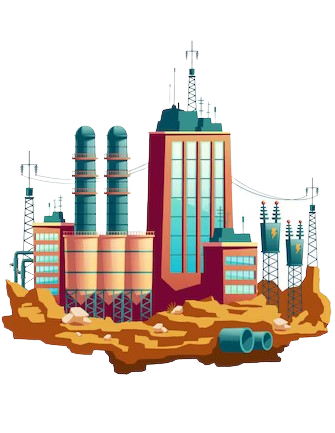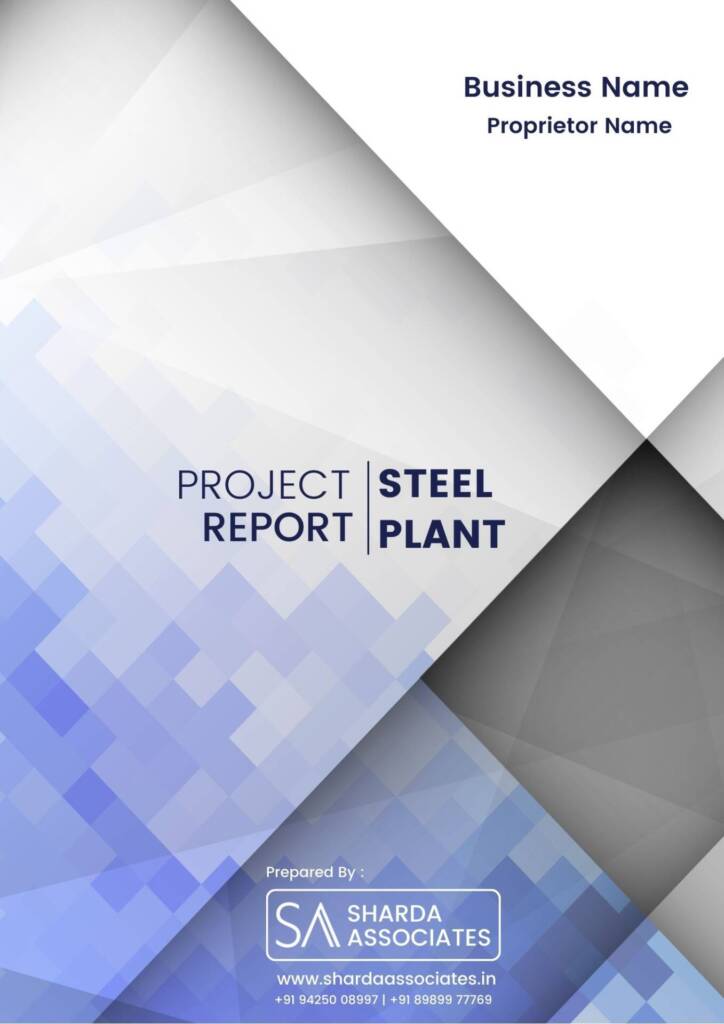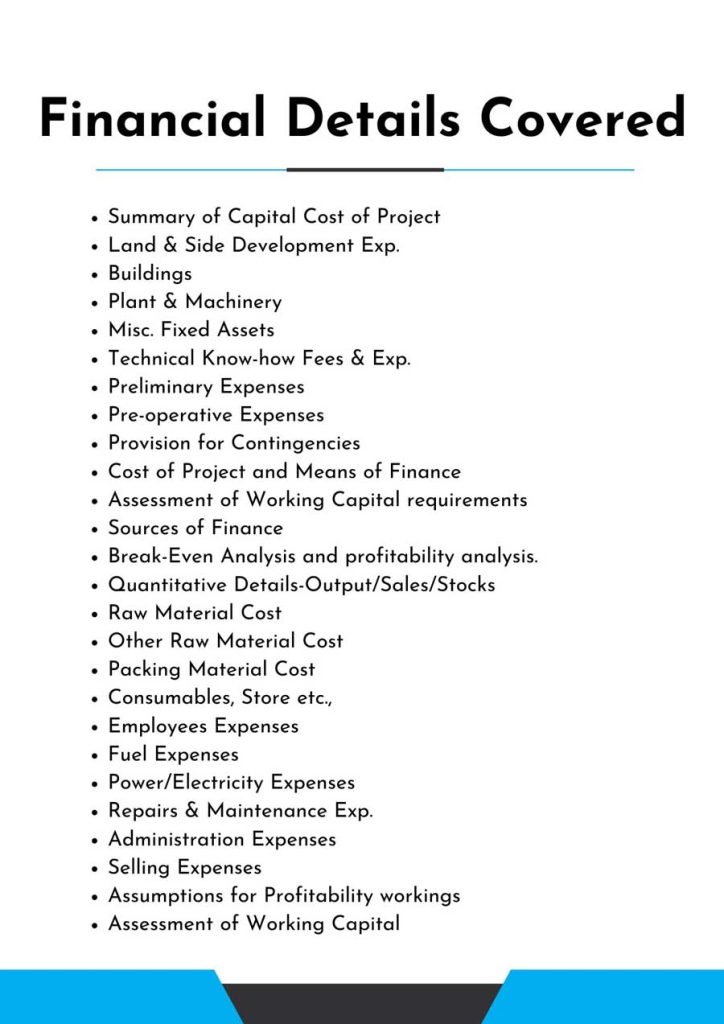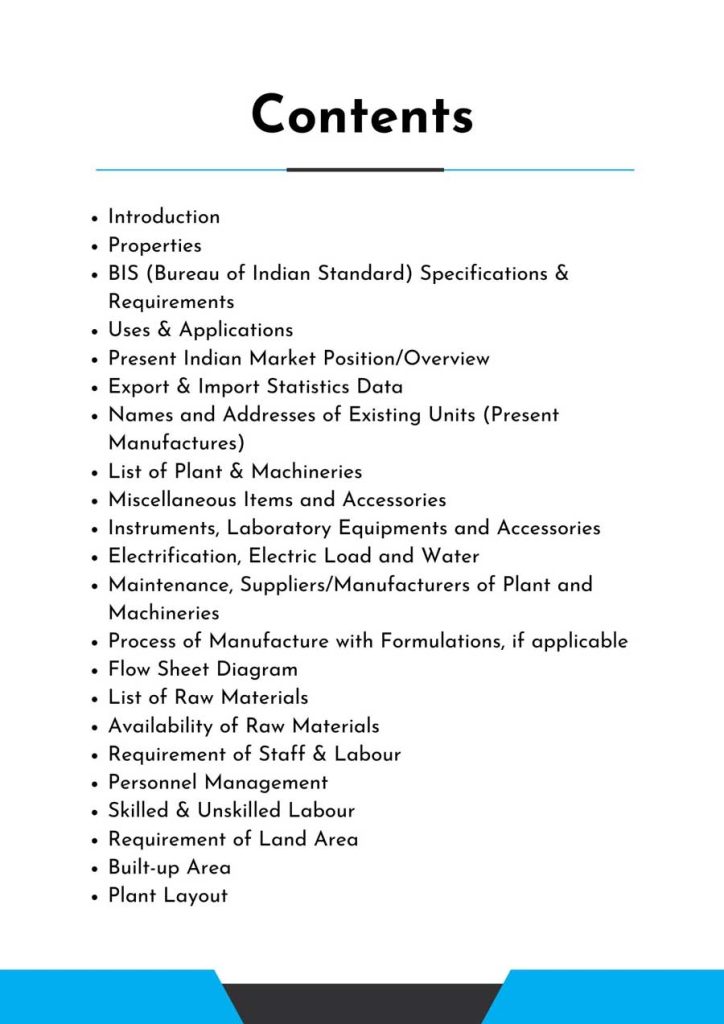Feasibility Report On Steel Plant
A steel plant is an industrial mill or facility used to make steel. It could be a fully integrated steel plant that performs every stage of the steelmaking process, from smelting iron ore.

What is Steel Plant?
Feasibility report on Steel Plant.
A steel plant is an industrial mill or facility used to make steel. It could be a fully integrated steel plant that performs every stage of the steelmaking process, from smelting iron ore to rolling the finished product, but it could also be a facility that produces steel semi-finished casting goods from molten pig iron or from scrap.
Integrated steel plants typically meet a portion of their electric power needs with their own generating equipment, with the power generated using by-product fuels. Because of the mills’ large power requirements and the concentration of this load, electrical power may be supplied by plant generation, purchase from outside utilities, or a combination of the two.
Where the plant generates its own power, it is usually for the plant distribution system, which feeds the various load centres. Pretreatment of hot metal (molten pig iron) delivered from the blast furnace in torpedo-shaped ladles in integrated steel plants is accomplished by injecting a reactant, such as magnesium-lime mixtures, calcium carbide, or soda ash.
The refining process is geared toward sulphur removal, which reduces the BOF’s refining requirements and allows for greater flexibility in blast furnace fuels. The blast furnace’s productivity is increased while the sulphur content of the hot metal charged to the BOF is reduced, reducing the occurrence of reblowing the heat of steel to achieve the required sulphur levels, especially when producing low-sulfur grades of steel.
Importance Of Steel
Steel has had a significant impact on our lives, including the cars we drive, the buildings we work in, the homes we live in, and countless other aspects in between. Steel is used in a variety of applications, including power-line towers, natural-gas pipelines, machine tools, and military weapons. Steel has also earned a place in our homes for protecting our families and making our lives easier; its advantages are undeniable. Steel is by far the most important, versatile, and adaptable material. Without steel, human development would have been impossible.
Steel’s strength and inherent uses have been the backbone of developed economies. The following steel characteristics can be used to judge the various uses of steel, which in turn is a measure of steel’s adaptability.
Feasibility Report Sample On Steel Plant



Market Strategy Of Steel Plant
The global steel pipes and tubes market was valued at USD 142.4 billion in 2019 and is expected to grow at a CAGR of 6.2% from 2020 to 2027. One of the major growth drivers for the market is increased oil and gas production due to demand from the transportation industry. The oil and gas industry is the largest consumer of steel pipes and tubes. Steel pipes are used in this industry to transport gas and liquid.
They are typically made from low alloy or carbon steel. Inside diameter, ductility, yield strength, and pressure rating are some of the key factors to consider when selecting pipes for specific applications. The oil and gas industry in the United States is one of the primary end-users of steel pipes and tubes. The product is used in the upstream, midstream, and downstream processing of crude oil.
The market is expected to grow steadily over the forecast period as a result of developments in the oil and gas industry in the United States. The United States has always been a leading producer of oil and gas, and with the recent discovery of unconventional oil and gas resources, the country’s oil reserves have risen to more than 65 billion barrels and natural gas reserves to 430 trillion cubic feet in 2019. In 2019, the country’s share of global oil production was 17%, while its share of global gas production was 23%. These percentages are expected to rise in the coming years.



